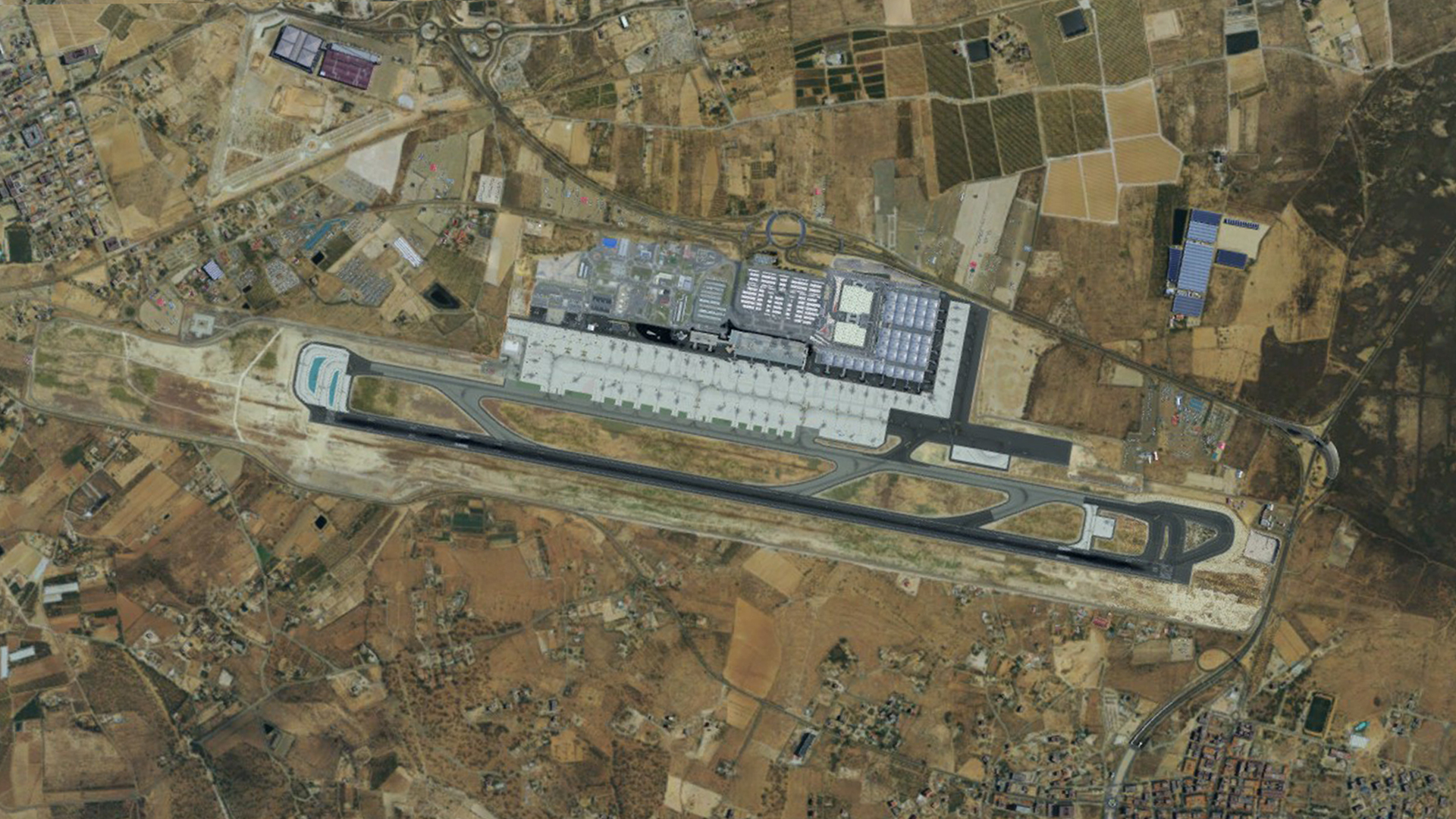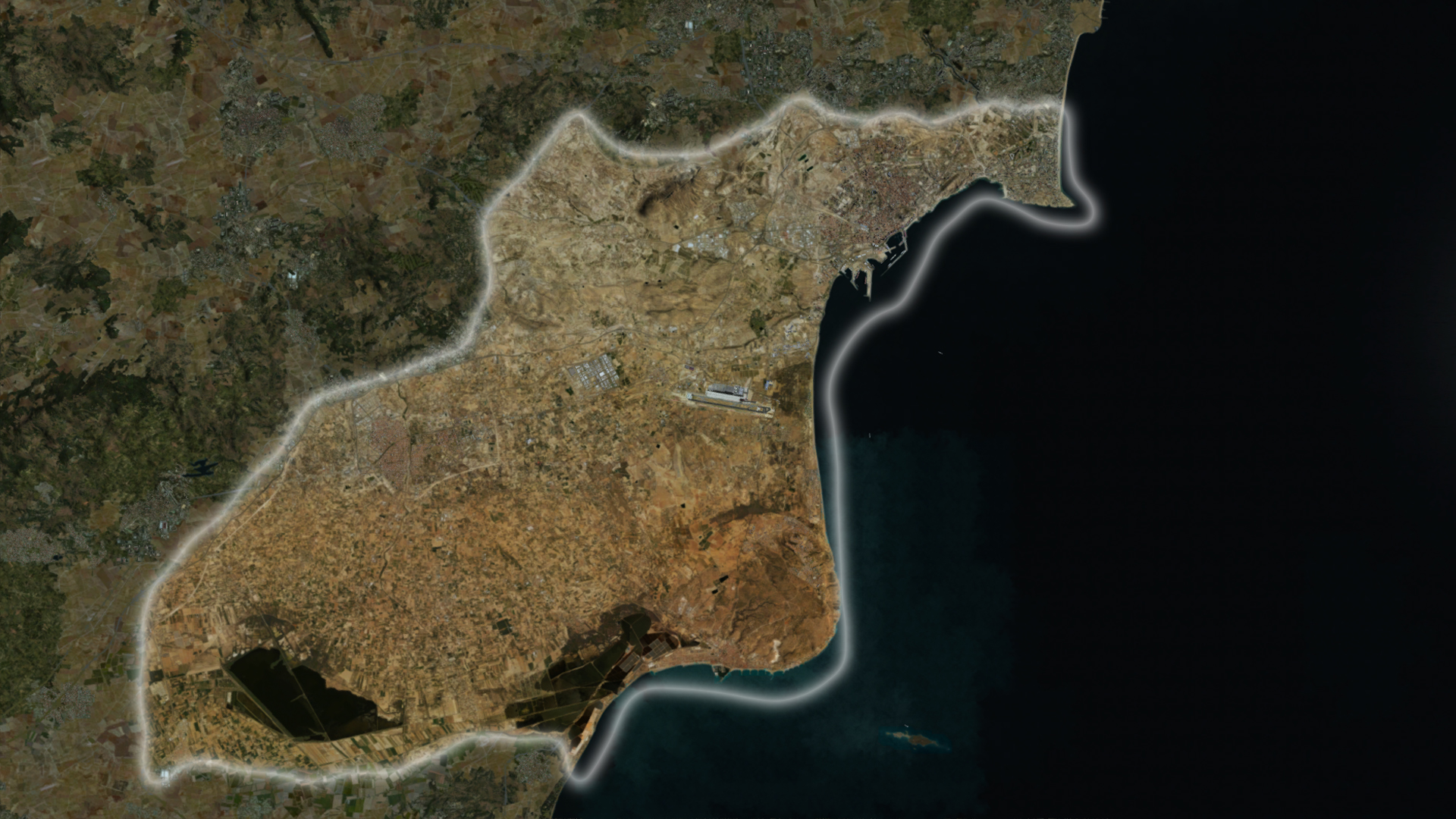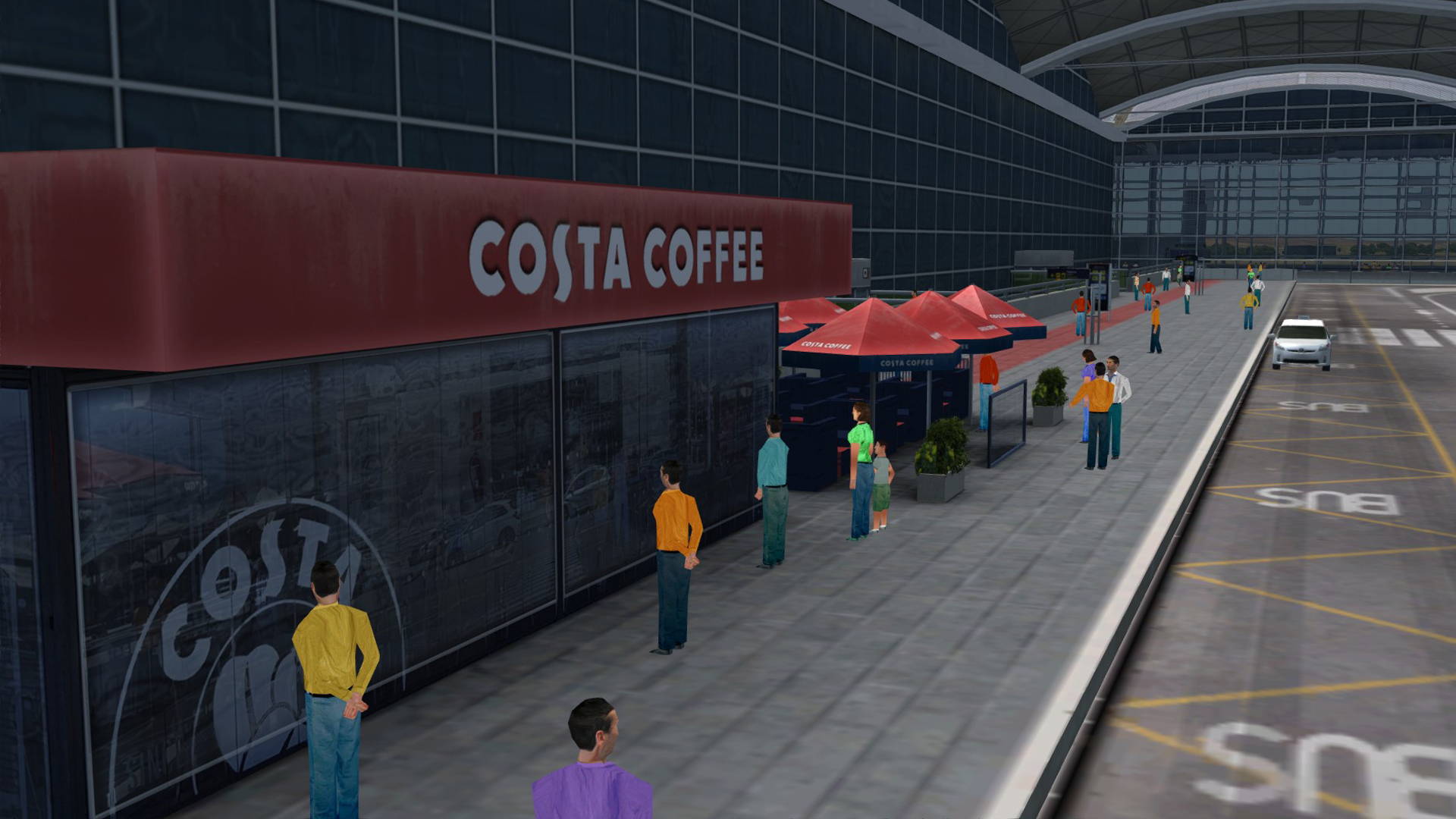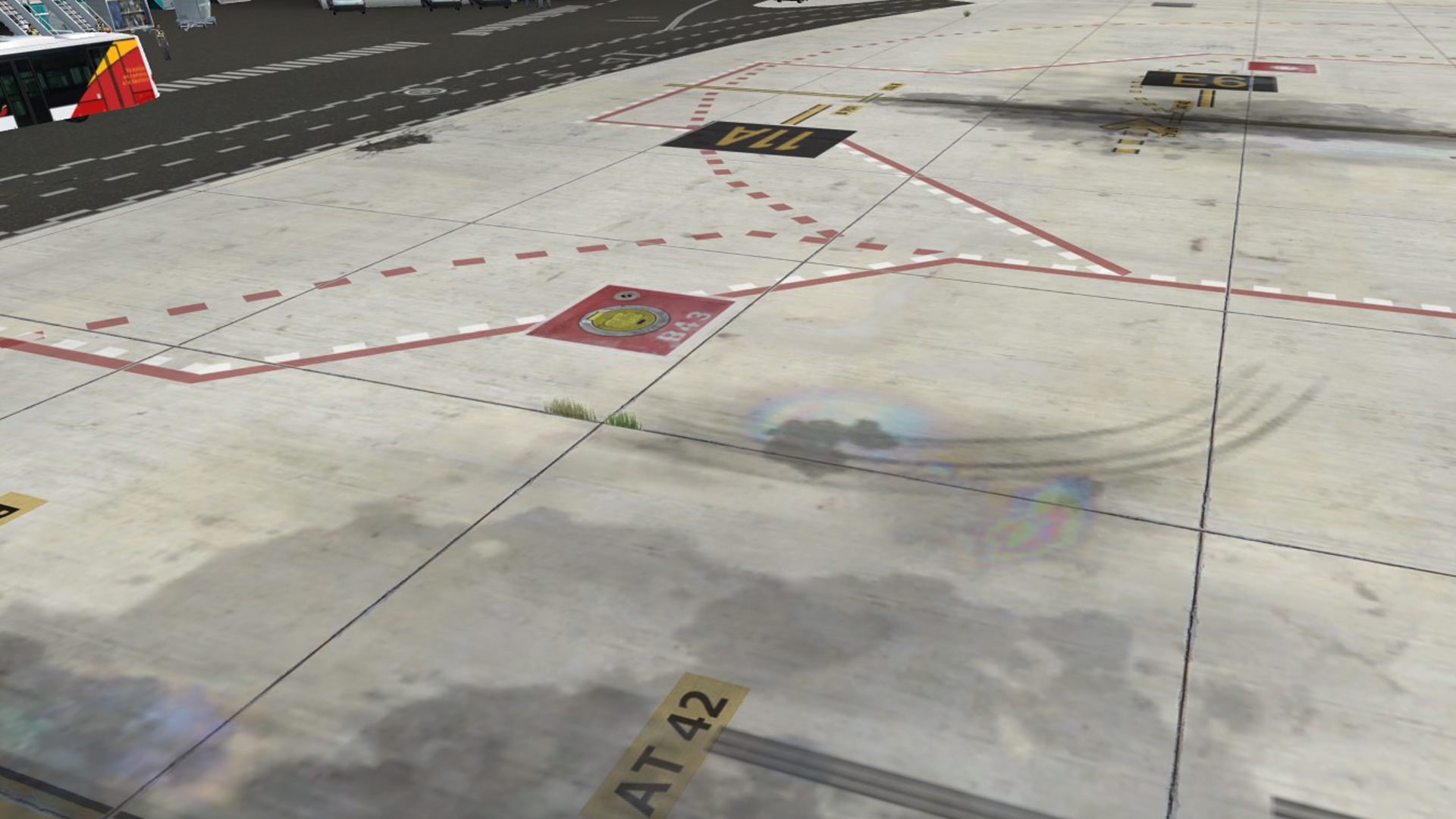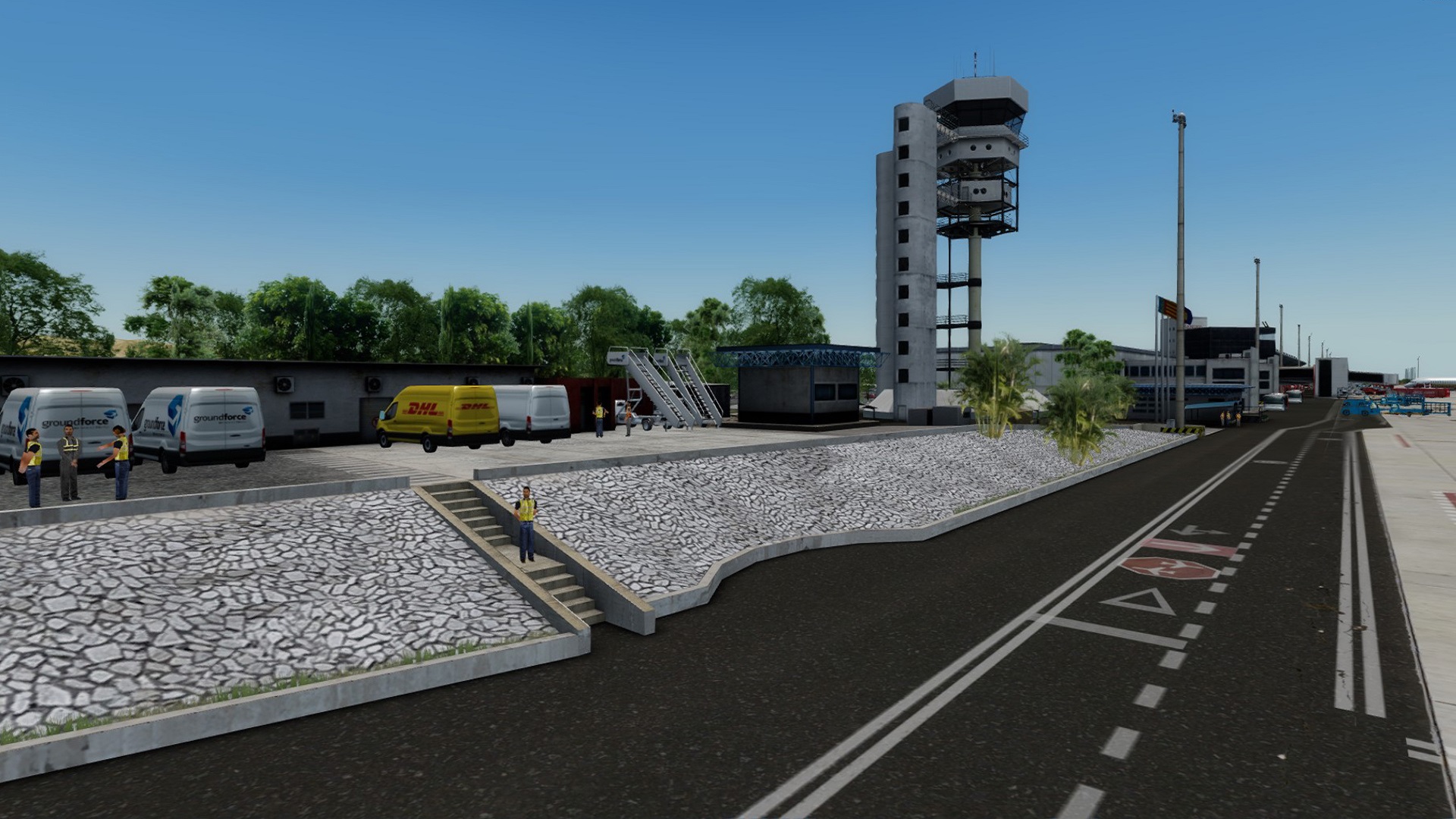Introduction
PILOT’S are back with another holiday destination airport on the Mediterranean coast of Spain. After Almeria Airport (LEAM), they are back with Alicante Airport (LEAL) and it looks to be every bit as good as Almeria Airport.
Alicante–Elche Airport, originally named El Altet, is the fifth busiest airport in Spain by passenger numbers (as at 2017) and the main airport serving the Valencian Community and the Region of Murcia. The airport is located in the municipality of Elche, about 10 km (6.2 mi) east of the city and about 9 km (5.6 mi) southwest of Alicante. The airport is a base for Air Nostrum, Evelop Airlines, Norwegian Air Shuttle, Ryanair, and Vueling. The largest numbers of passengers arrive from the United Kingdom, Germany, the Netherlands, Norway, Belgium and Sweden. Popular domestic destinations are Madrid, Palma de Mallorca and Barcelona.
Airport Information
| Alicante Airport (ICAO: LEAL) | ||
| Co-ordinates - 38°16′56″N / 00°33′29″W | ||
| Elevation - 43m / 141ft AMSL | ||
| Direction | Length | Surface |
| 10/28 | 9,842 ft - 3,000 m | Asphalt/Concrete |
Availability and Installation
Alicante Airport (LEAL) is available from PILOT'S as a download only product for P3D Ver 4.x and is priced at €29.95 or the equivalent on currency cross rates. The size on the hard drive is 6.88GB and takes very little time to download and install.
Note. Alicante Airport (LEAL) is currently only available for P3D Ver 4.x. Other flight simulators may be supported at a later date, subject to demand.
Scenery Coverage
PILOT'S Alicante Airport covers 750 sq. km including, the airport confines and the whole city of Elche/Alicante.
PILOT'S Alicante Airport covers 750 sq km, including the airport confines and the whole city of Elche/Alicante. With 750 sq km to explore in incredible detail, Alicante Airport is but a small section of what is included. The city of Alicante/Elche has been modelled almost in its entirety.
Features
4K resolution textures;animated tarmac workers;
ambient Sounds (seagulls, waves, sounds of departure hall, etc.);
750 sq km photoreal scenery;
handmade mesh of airport area at 1m resolution;
detailed model of inner departure/arrival hall;
accurate depiction of Elche city/Alicante city;
3D grass/trees custom vegetation;
realistic shadow rendition;
special night light shadows textures.;
dynamic lights (P3D V4);
3D ALS and runways lights;
custom buildings for the city, surrounding areas, and autogen;
fully optimized design for great performance and high frame rates; and
made for FS Global Ultimate - NG Mesh (optional), compatible with Orbx's Global VECTOR.
Level of Detail
Having a photographic scenery backdrop to Alicante Airport adds to the whole realism of this scenery add-on. Alicante Airport has been developed with an accurate feel and blends seamlessly with Orbx’s Global VECTOR and Europe region scenery. All the main buildings and airport objects have been modelled, including some very well detailed textures and ambient occlusion. The textures used for the apron and runways are excellent, showing great detail at 1 cm/pixel, and wear and tear is evident over the whole airport which gives it that 'well used' look and feel. Also included in Alicante Airport are some fantastic ambient sounds, such as bird calls and radio chatter. I swear, you do not really notice them until they are pointed out to you, but they add a sense of realism to the whole effect.
PILOT’S have really stepped up a gear with Alicante Airport by not only modelling all the usual airport buildings you would expect to find, but the detail that has been put in to other more complex shaped buildings that are to be found in and around this Mercian district of Spain. Texturally, there is not a great deal more that is possible to achieve except for the use of the now commonly used PBR textures. These textures were not available at the time of release unfortunately. Having said that, what we have is quite exceptional, especially the work that has been put in to achieve the utterly realistic glass work. The airport has an unusual amount of glass, especially the main terminal building and concourse, and this gives rise to a great deal of interior modelling, which PILOT’S are beginning to make their mark with.
The textures used throughout are of a high 4K resolution quality, as is evident from a walkabout around the airport both internally and externally. I absolutely admire the time and dedication of the developers to bring us such stunning looking graphics whilst maintaining the level of performance we are all striving for. There appears to be no detrimental effect on performance even when ratcheting up the sliders in P3D. Externally, the team have also spared nothing when it comes to minute detail, such as fronds of grass poking out amongst the cracks in the paving, animated vehicles, unique vegetation, and a countless number of tourists and workers.
Also worth a mention here are the various textures employed on the ground. These are some of the best realistic textures I have seen to date. The broken tarmac on the left denotes the start of Runway 28 and looking at the state of the tarmac, you would be wise not to try and touch down on this spot and nor should you really.
Quality of Buildings and Objects
The buildings and airport objects are modelled to a high standard and are indicative of the real world buildings at Alicante Airport. Plainly, there has been an enormous amount of on-site investigation taken by the team, including hours of photography and notes taken. The buildings have been accurately placed. It is nice to see photographic textures used extensively throughout the whole region covered by the team. Also, internally, the advertising posters and signage around the airport are sharp and clear to read which goes a long way to making the airport so realistic. There are all the ubiquitous clutter objects that go into making any airport scattered in and around Alicante Airport and even these objects have been lovingly reproduced using superb textures.
It is the main terminal building that, without a doubt, sings the praises of the developers here. The Alicante Airport terminal is a very complex, multi-level terminal in terms of shape and design but the team have employed 4K textures to the “nth” degree resulting in a pure work of art. With the use of ambient occlusion giving every building that used and ever so slightly, but realistic grimy look.
Outside of the airport boundary, PILOT’S have modelled the city of Alicante/Elche, which includes some very interesting custom models, such as the Santa Barbara Castle, University Hospital, and the Jose Rico Perez Stadium, to name but three of them. The harbour area is also covered very nicely if a little bereft of yachts, whilst to the west of the airport, Elche Industrial Park has been fully modelled and further west the town of Elche also.
The tower is an especially nice piece of 3D modelling. This multi-faceted building is not one of the easiest to model but the team have even gone to the lengths of modelling the interior, which in my book, is always a winner. For me, it always adds that extra special level of realism to an airport if the tower and the main terminal are internally modelled. It is always nice to get the towers eye view of proceedings on the airside.
Lighting
The lighting used in Alicante Airport is excellent and all the runway, apron, and approach lighting is there. The use of dynamic lighting is nicely executed and did not appear to have any detrimental effect on system performance. The runway edge lighting and PAPI lights are all modelled in 3D. The airport's lighting is very effective and brings the airport to life during the darker hours. In addition, the roads and streets are well lit at night and if you know this area, it is not very difficult to navigate your way using the street lights as your guide.
Documentation
There is an eight page user manual included in the download which explains everything the user needs to know. There are also 21 charts included in the download. PDF Charts for Alicante Airport (LEAL) can be found in the folder Lockheed Martin\Prepar3D v4\PILOTS_Software\Alicante Airport LEAL P3DV4\charts. The manual also describes how to configure the scenery files if you do not have Orbx's Global VECTOR installed and how to remove the static aircraft and people, should you wish.
Performance
Excellent performance throughout! It is as simple as that. If you choose to use the settings that PILOT’S suggest or, like me, you push the boundaries a little, you should not be disappointed. I did not experience any adverse effects on frame rates with either configuration.
Value for Money
This topic is often contentious based on subjective opinion. With PILOT’S Alicante Airport you are getting a feature packed scenery add-on where hundreds of hours of developers’ time and effort have gone into producing it. With this in mind, and if this is an area in which you regularly fly, it is worth every penny. However, like anything, the value is based on how much use you make of something. If you are a pilot who loves to fly to Mediterranean destinations on a regular basis or would just like to expand your Spanish airports library, then this is definitely for you. PILOT’S Alicante Airport is an excellent scenery add-on and work of art that is worthy of the price tag.
Technical Requirements
The technical requirements for Alicante Airport are as follows:
Lockheed Martin Prepar3D Version 4.x;
Windows 7/8.1/10 (64bit);
Intel i5 2.8GHz CPU (i7 highly recommended);
8GB RAM; and
4GB VRAM (8GB+ highly recommended).
Review Computer Specifications
The specifications of the computer on which the review was conducted are as follows:
Asus Maximus VIII Hero Motherboard;
Intel i7, 6700K, 4GHz 'Skylake';
Gigabyte GeForce GTX10800Ti 11GB GPU;;
500GB, Corsair Force 3 SSD (OS), 2TB WD HDD (Prepar3D), and 1.5TB WD Sata HDD (programs);
Windows 7, (64bit); and
Lockheed Martin Prepar3D Version 4.4.
Conclusion
Alicante Airport (LEAL) is another superb airport from the team at PILOT’S. Nicely presented with an astounding amount of detail, if you are flying to the Mediterranean, make your destination Alicante Airport, you will not go far wrong.
Verdict and Scores
Verdict
| €29.95 for one of the very best mainland Spanish airports available today. One of the busiest airports on the Mediterranean and one that would only add class to your European scenery library. |
Scores
For |
Against |
Category |
Score/10 |
|---|---|---|---|
| Quality modelled custom buildings and custom 3D models. | Scenery Coverage: | 10 | |
| Superb texturing and lighting. | Level of Detail: | 10 | |
| Excellent ambient sounds. | Quality of Buildings: | 10 | |
| Animated people and traffic. | Documentation: | 10 | |
| Low impact on frame rates. | Performance: | 10 | |
| Value for Money: | 10 |
Overall Score

PILOT'S Alicante Airport (LEAL)
is awarded an overall Mutley's Hangar score of 10/10,
|



